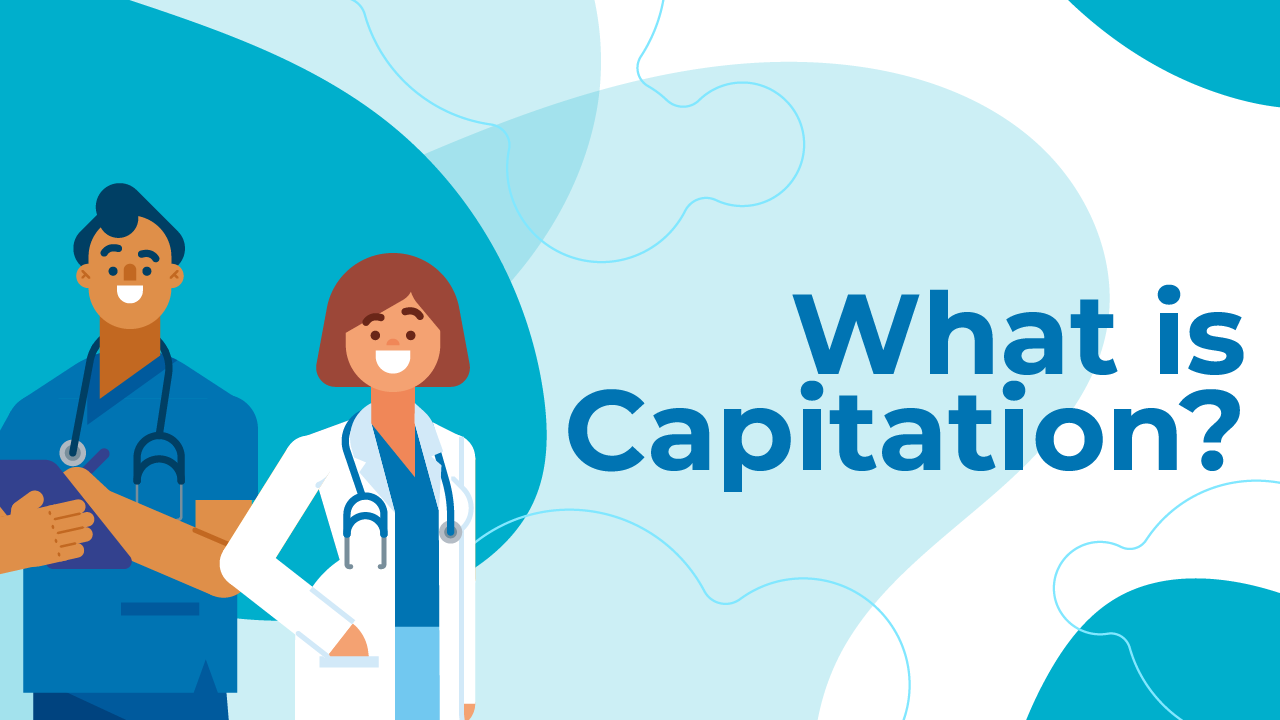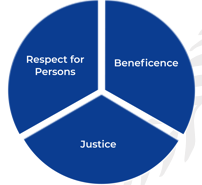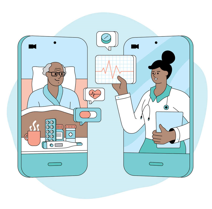M4 Assignment: Health Service Administrators’ Roles and Responsibilities
(M4 Assignment: Health Service Administrators’ Roles and Responsibilities)
Student’s Name:
Institution of Affiliation:
Course Code + Course Title
Instructor’s Name:
Assignment Due Date:

Health Service Administrators’ Roles and Responsibilities
Introduction
Healthcare organizations flourish and achieve their missions and visions thanks to effective and great leaders who develop the visions, own them, and motivate staff to work at their highest potential to achieve the vision. Healthcare leaders include nurse managers and health administrators who supervise teams and daily activities, including managing budgets and billing, ordering medical supplies and managing resources, and overseeing general staff in various healthcare facilities, including clinics. This paper addresses the roles and responsibilities of health service administrators and my ideal position in the healthcare system.
Roles and Responsibilities of Health Service Administrators
Health services administration is a leadership position that requires an individual to have a bachelor’s degree in healthcare administration or health service administration, a minimum of two years’ experience in health service administration, high-level competency in healthcare administration software, advanced experience in health records, billing, and medical insurance management, interpersonal and communication skills, and staff and budget management skills (Public Health Degrees, 2023). Health service administrators direct a healthcare organization’s operations, interacting, mostly with physicians, nurses, surgeons, and technicians, and occasionally with patients (Doyle, 2019). Health service administrators shape an organization’s policy to improve health service delivery and patient experience. Their work is primarily behind the scenes, making vital decisions for a healthcare institution, ensuring policy implementation and directing budget.
The roles of health service administrators are multiple, depending on the location and size of a healthcare institution. Common roles and responsibilities of health service administrators in healthcare institutions include developing work schedules for healthcare staff, managing the organization’s finances, managing the billing system and patient payments, facilitating interventions to improve an organization’s efficiency and quality, and ensuring the institution adheres to state and federal laws and regulations. Health service administrators are critical in clinical decision-making, impacting the success of healthcare organizations (Sorensen et al., 2019). Furthermore, health service administrators train staff members, facilitate communication between nurses and physicians, meet governing boards, and present investor meetings (Cronin et al., 2018). Additionally, monitoring medical equipment, including new purchases, maintenance, and repair, adopting cost-saving initiatives, and updating patient health records fall within a health service administrator’s jurisdiction.
My ideal position in the healthcare system is the healthcare administrator role because I believe this role is more valuable as the healthcare system shifts from the traditional fee-for-service model to the contemporary value-based model. Patient experience and satisfaction are central to healthcare service provision, and skilled leaders are required in nonclinical positions in every facility (Western Governors University, 2020). Becoming a healthcare administrator is where I see myself in the next 5 to 10 years, coordinating care, managing resource utilization, and facilitating interventions to improve patient experience and health outcomes. I desire to lead, and I perceive myself as a change agent and collaborative, which are fundamental attributes towards becoming a healthcare administrator. This role allows me to work in various healthcare settings, including hospitals, nursing homes, health plans, large practice groups, and health systems, increasing the flexibility of my career. Currently, I am working to gain on-the-job experience and later education requirements for healthcare administrators to enhance my career readiness when an opportunity presents itself.
Conclusion
Most nurses desire to move up the career ladder to become clinical nurse managers, directors of nursing, chief nursing officers, and healthcare administrators. Healthcare administrators interact more with healthcare providers and minimally with patients, directing organizations’ operations, developing and implementing policies, managing and training healthcare staff, and managing billing systems, health records, and budgets. I aim to be a healthcare administrator in the next 5 to 10 years, and currently, I am working on my career readiness. I believe the value of healthcare administrators is growing as the healthcare system moves from a fee-for-service model to value-based models, and patient-centered care becomes more influential in healthcare delivery.
References
Cronin, C. E., Schuller, K. A., & Bolon, D. S. (2018). Hospital administration as a profession. Professions and Professionalism, 8(2), e2112-e2112. https://journals.oslomet.no/index.php/pp/article/view/2112
Doyle, L. (2019, June 5). Healthcare administrators: roles, responsibilities, and career outlook. Northeastern University. https://www.northeastern.edu/bachelors-completion/news/how-to-become-a-healthcare-administrator/
Public Health Degrees. (2023). How to become a healthcare administrator. https://www.publichealthdegrees.org/careers/healthcare-administrator/
Sorensen, J., Johansson, H., Jerdén, L., Dalton, J., Sheikh, H., Jenkins, P., May, J., & Weinehall, L. (2019). Health-Care Administrator Perspectives on Prevention Guidelines and Healthy Lifestyle Counseling in a Primary Care Setting in New York State. Health services research and managerial epidemiology, 6, 2333392819862122. https://doi.org/10.1177/2333392819862122
Western Governors University. (2020, January 14). The top 4 nursing leadership roles. https://www.wgu.edu/blog/top-4-nursing-leadership-roles2001.html/




:max_bytes(150000):strip_icc()/Health-Schizophrenia-Overview-PaigeMcLaughlin-Final-e784ef4214264c8ea708309a09c4901e.jpg)









